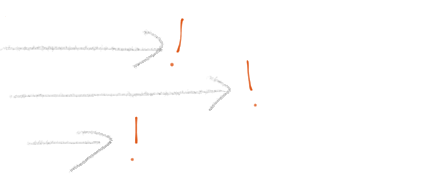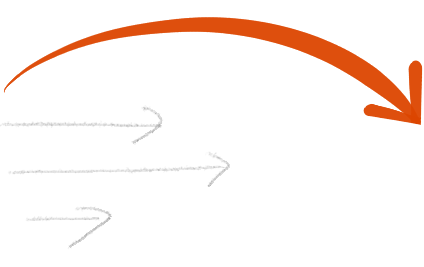Writing objectives you will accomplish
There’s a problem with most of the objectives we write down: most of them are written as wishes, and that’s why they don’t get done.

Objectives we write usually end up looking something like this:
My objectives:
- Lose 15 pounds by spring
- Exercise twice a week
- Spend more time with my family
This list has some good objectives. You’ll know when you’ll have lost 15 pounds and you know by when. You’ll know whether or not you’ll have stuck to your exercise routine. The first two are specific, measurable and tied to a schedule.1
What is this list missing? “Spend more time with my family” isn’t really specific nor measurable, but that’s not the biggest problem.
The biggest problem is that these objectives are stated as wishes.
Wish-for lists
Listen to what your mind says before each item. You’ll probably hear “I’d like to.” “I should.” “I have to.”
My objectives:
- (I have to) Lose 15 pounds by May
- (I should) Exercise twice a week
- (I’d like to) Spend more time with my family
Each objective, alone, sounds fine. In a list, they’re already in conflict with each other. With everything else that’s in your life, they’re just something you’re wishing you’ll accomplish. As time goes by, they’ll be more and more tied to the past. You may or may not follow your decisions. Guilt will set in. Inevitably, you’ll have to go back to make a new list.
So how do you rewrite objectives to be less like wishes and more like accomplishments that will occur? Don’t start from now going forward, start with the end and work your way back.2
Starting with “I will have”

The trick is a little weird: Rewrite the title of your list, and in it, include the words “I will have”. You’re probably best to include a date, while you’re at it: “Before May, I will have.”
Having “I will have” in the title forces you to rewrite the objectives with the start of “May” in mind. And it forces you to rewrite your statements. It’s no longer “Lose 15 pounds”, it’s “Lost 15 pounds”. That’s what you will have done, before May.
Before May, I will have:
- Lost 15 pounds
- Exercised twice a week
- Spent more time with my family
This forces you to imagine a future position, and that’s the key to visualizing a succesful outcome.
Making a list that will be true
With “Before May” solidly in mind, you can then ask yourself whether each of these objectives is 1) in the right order and 2) really what you want to have accomplished by May, and if there’s something missing.
First, let’s change the order. What, before May, do you want to celebrate you’ll have done, that’s most important? Put that first. For me, it would be to have “Spent more time with my family”.
Before May, I will have:
- Spent more time with my family
- Lost 15 pounds
- Exercised twice a week
And now, let’s say you could accomplish anything by May, what would be the most important thing you’d like to say you’ll have done? For me, spending more time with my family is at the top. Losing weight is less important for me because it’s about my own development. My kid’s development is more important to me, and that means building more empathy toward their day-to-day life. And in so doing, I won’t put the effort to lose as many pounds or exercise as much, so I’ll adjust those objectives to be more realistic, given their new relative importance.
Before May, I will have:
- Spent more time with my family
- Built more empathy for my kids’ day-to-day life.
- Lost 10 pounds
- Exercised once a week
Now that’s much truer of where I’d like to be on May 1st.
Adjusting as you go
With this way of writing, you’re forced to reprogram yourself. Today, you make choices on how you’ll align yourself to be the person you want to be Before May.
And if you discover there’s something missing or one of the statements is not quite true to where you’d really like to be by May 1st: re-write the statements. You’re going toward an end goal. Adjust your aim as you get a clearer view of the target.
Applying it daily
To make sure you get them done: review your objectives every day, and set some closer targets. Losing 15 pounds by May 1st? How many pounds per day do you have to lose? Make a graph, plot a line and stick to it. Set something you can measure against every day.
From wishes to will-have-done lists
So when you write your next list of objectives, start each one off in your head with “By this event, I will have…”. You’ll then turn your wish-for lists into will-have-done lists and turn today’s choices toward a future, better version of yourself.
-
You can make objectives that are “SMART”, which is an acronym for “Specific, Measurable, Attainable, Relevant and Time-bound”. ↩
-
In The 7 Habits of Highly Effective People, Stephen Covey introduced the habit: Begin with the End in Mind. Here, I’m applying this habit to writing objectives. ↩